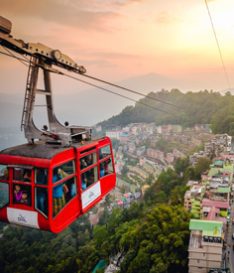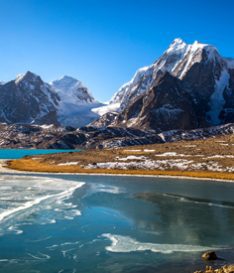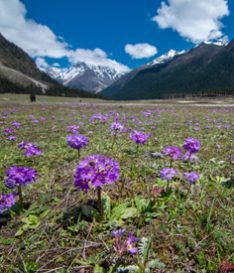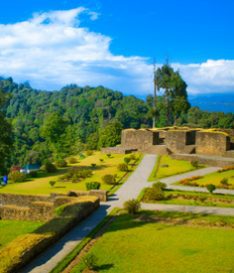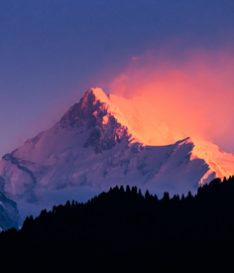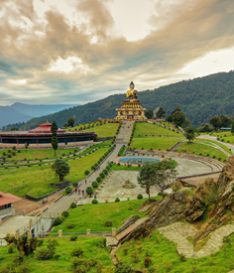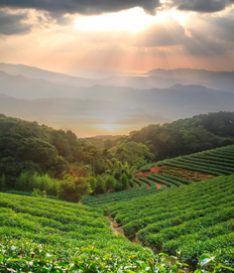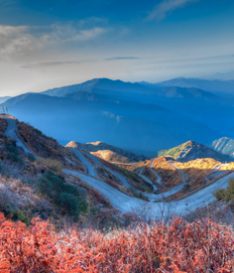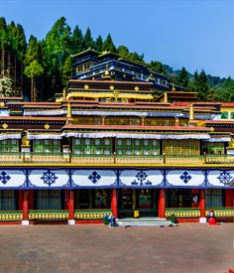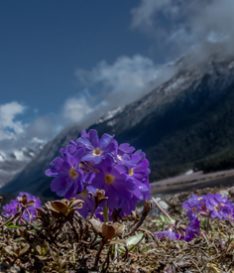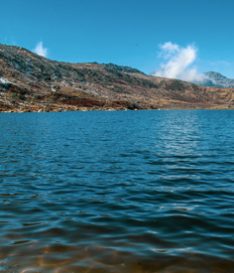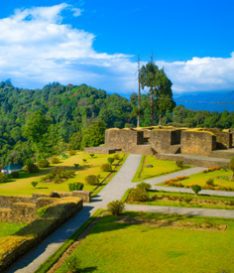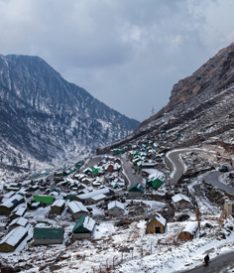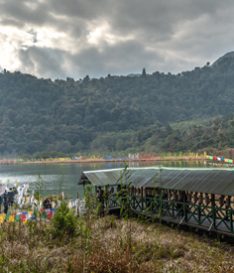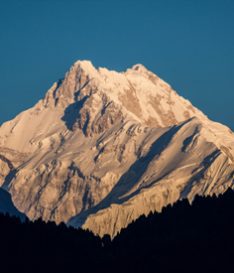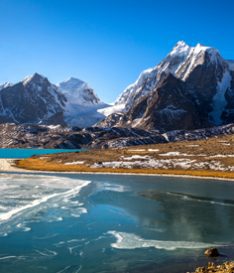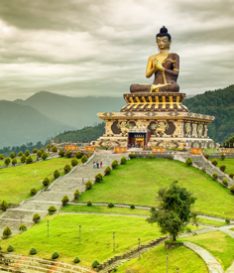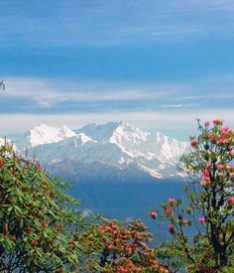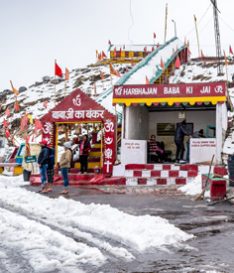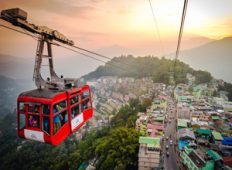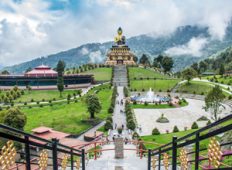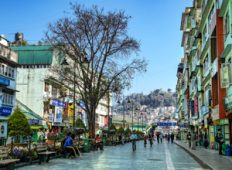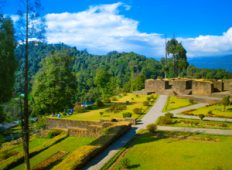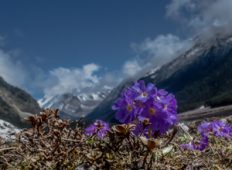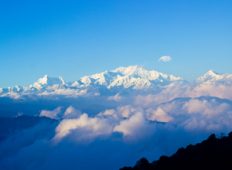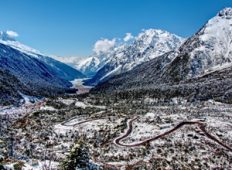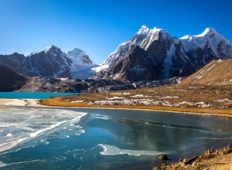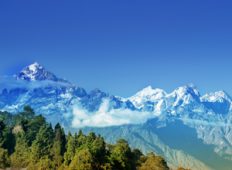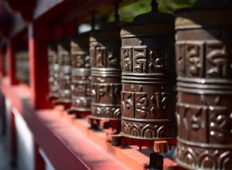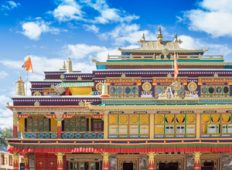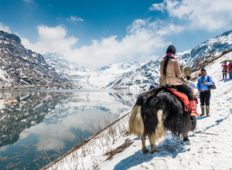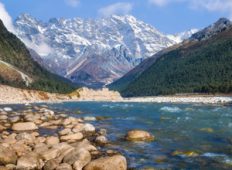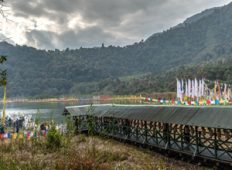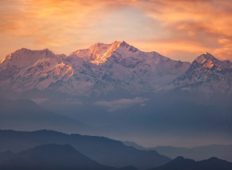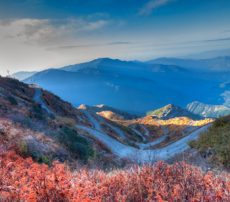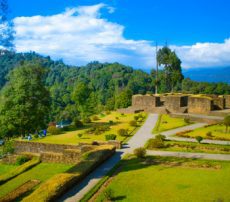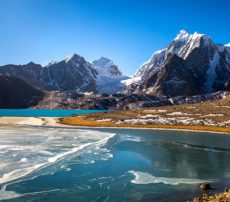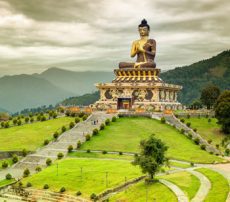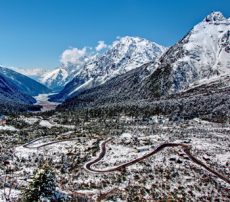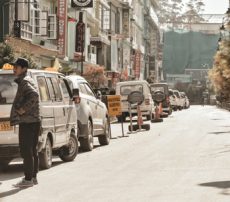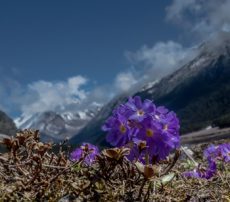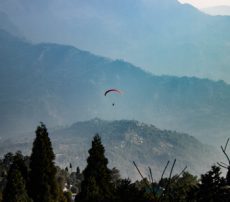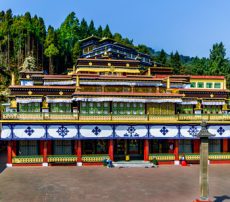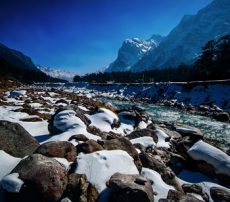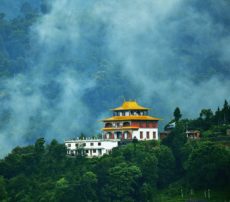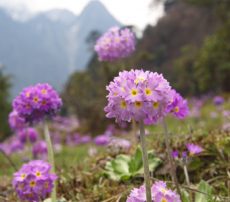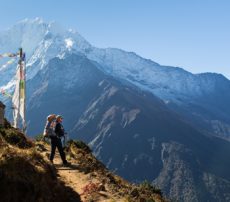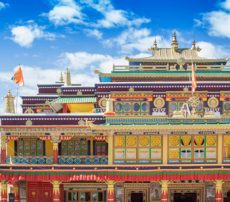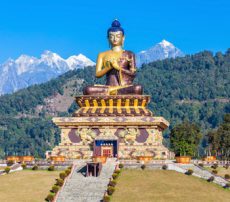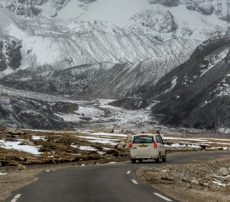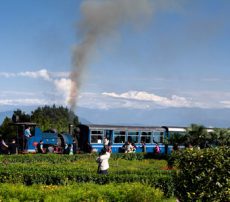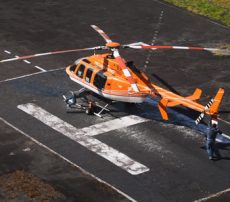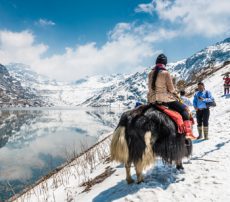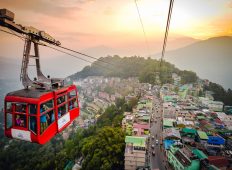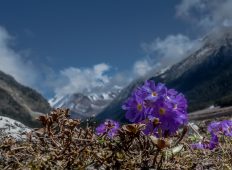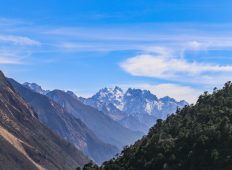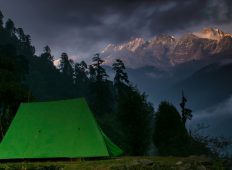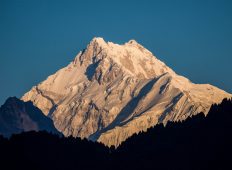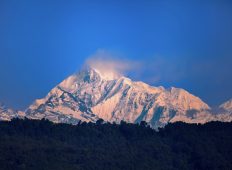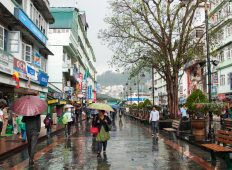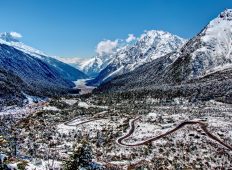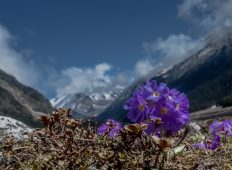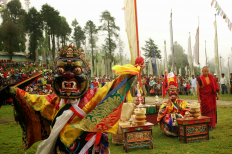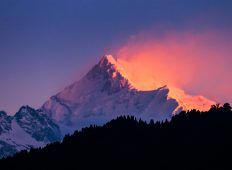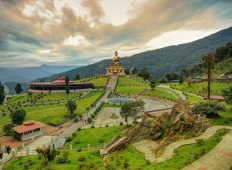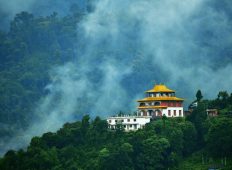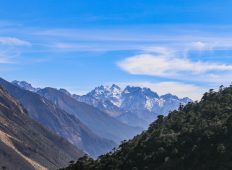PELLING TRAVEL GUIDE
Pelling is a beautiful town in West Sikkim, most popular for breathtaking views of the Kanchenjunga peak and the Himalayas. Located at a high altitude of 6800ft, Pelling is the ideal place for exploring the Himalayan views, without any of the harshness of the high mountains. It is the closest view possible apart from mountain trekking. Located at 115 km from Gangtok, Pelling is also known for its cultural heritage and history.
Pelling has rightfully emerged as the second most popular traveller halt in Sikkim, right after Gangtok. It has plenty to offer to the nature lover, the culturist, the urban traveller, and is the ideal cool summer break on a vacation trip. In structure, it is little more than a few roads flanked by hotels and homestays offering views of the Kanchenjunga. But step out of the main town, and you are a short distance from monasteries, waterfalls, temples and lakes. Nature presents itself in all its glory around Pelling.
The People Of Pelling
Pelling is home to people of multiple ethnicities. Bhutias make up the majority, and have an ancient alliance with some of the old monasteries of the area. Lepchas inhabit the surrounding villages. Limboos, who are the indigenous people, Chhettris, Nepalis and their sub-castes are some of the other people who live in and around Pelling.
Agriculture is the prominent source of living for most of the people around Pelling. It is common to see double storey traditional houses with enclosed kitchen gardens, further leading to fields, in the roads around Pelling. Small houses perched in the hilly areas make up for some of the picturesque scenery of the area.
Climate And Best Time To Visit
Pelling is the most pleasant in the summer months – March to May. Being a hilly region, winters are cold, and are marked by landslides and snowfall. Autumn is also a good season to visit, and has its own hues of fall. October to November makes up the autumn. Winter starts in December. Monsoon is the most unfavourable time, as the region receives heavy rainfall during monsoon, and many routes are closed.
Getting There & Getting Around Pelling
Pelling is well connected by road to the Bagdogra airport, as well as the Siliguri and New Jalpaiguri Railway stations. From here, you can hire a local taxi to reach Pelling. It is also connected to Gangtok and other towns in Sikkim via road.
Most of the intriguing sights near Pelling are a short distance from the main town. The most common means of commute is hired cars booked through travel agents, as there are few options of local transport, and hilly areas require sturdy vehicles to conquer the mountain roads. For the sites which are closer to the town, a short walk or trek can also be invigorating, especially for those who enjoy moving around in nature or taking photo walks. While doing so, it is important to not dirty the places or to hurt animals farmed by the locals, as this is counted as a disrespect to their culture.
SIGHTSEEING & ACTIVITIES
Pelling is one of the towns in Sikkim where there is no dearth of activities and places to explore. For the hurried traveller, the most famous sites are a must-see, but for the more leisurely traveller, it is recommended to spend a few days to see everything the town has to offer.
PEMAYANGTSE MONASTERY
One of the most ancient monasteries of Sikkim, Pemayangtse literally means “The perfect, sublime lotus.” It is said to represent the chakras or plexus in the human body, which are energy centers. Built in 1705 by Lama Lhatsun Chenpo, it was renovated and expanded later by his successors. It belongs to the Nyingma order of Tibetan Buddhism and controls other monasteries of this order in Sikkim. This monastery has upheld the tradition of anointing monks with holy water, and maintains a strict criterion for bestowing monkhood, chosen from the Bhutias. It is a pilgrimage place for Buddhists due to its ancient roots and spiritual significance.
It is a three storeyed structure, maintained and refurbished several times after earthquakes in 1913 and 1960. It is marked by paintings on the walls, and statues of Rinpoches and other Buddhist leaders. The main deity of Padmasambhava is in the Dorje Bhurpa Vjarakila form, depicted traditionally with multiple heads and arms. One of the main features of the monastery complex is seven-tiered painted wooden structure, said to represent Guru Rinpoche’s heavenly palace called ‘Santopalri’. It was completed by the Late Dungzin Rinpoche in five years’ time, all by himself. There is a varied collection of paintings, Buddhist scriptural texts, idols, and other traditional literature for the visitor to marvel over. The complex also has neatly maintained gardens, and residential monks can be seen going about their daily responsibilities in the area.
The monastery is normally open from 7 AM to 5 PM so the trip should be planned accordingly.
SINGSHORE BRIDGE
The Singshore Bridge is a suspension bridge, and an engineering wonder – the highest bridge in Sikkim and the second highest in all of Asia. It has a height of at least 100m, and a span of 200m. The bridge is surrounded by densely green mountains, and has splendid views of the valley.
KANCHENJUNGA FALLS
This is one of the main waterfalls of Sikkim, and usually remains active throughout the year. Located at a distance of 28 km from Pelling town, it is also one of the more crowded waterfalls. It has a ticketed entry and is busy with shops and roadside sellers. The waterfall is in the gorge carved by the force of the river water, and is one of the most majestic waterfalls, if not the biggest.
KHECHEOPALRI LAKE
Khecheopalri is a distortion of “Kha-Chot-Palri,” which translates to “heaven of Padmasambhava.” The lake is located in the village by the same name, and is one of the sacred lakes, venerated by Hindus and Buddhists alike. It is considered to be a wish-fulfilling lake, and as such, a popular destination for tourists. It is a part of the Buddhist pilgrimage circuit of Sikkim. One of the most unique features of the lake is that no leaves are left floating on the surface of the lake, because they are picked up the birds in the area.
SANGA CHOELING MONASTERY
Sanga Choeling is another ancient monastery located near Pelling. It was established in the 17th century by Lama Lhatsün Chempo. Located on a ridge top, the access to the monastery is through a 4km walk up the hill, which also offers nice views of the hilly vegetation. The monastery was partly damaged by fire and was rebuilt. It is a sacred site for Buddhists and many a Buddhist traveller can be seen here. Beautiful paintings and clay statues dating back to the 17th century can be seen in this monastery.
TASHIDING MONASTERY
This is considered to be the holiest and most sacred Buddhist monasteries in all of Sikkim. Established in 1641 by Ngadak Sempa Chempo Phunshok Rigzing, it belongs to the Nyingma sect of Tibetan Buddhism. Ngadak was one of the wise men who crowned the first king of Sikkim. As such, the monastery is held with a lot of reverence by the locals.
RABDENTSE RUINS
The Rabdentse Ruins are of great historical significance, and the ideal place to visit for history buffs. Rabdentse was the second capital of the Kingdom of Sikkim (before it became a part of India), from 1670 to 1814. The city was invaded by the army of Gurkhas, and only ruins remain. Declared of national importance by the Archaeological Survey of India, the place is well maintained and is a part of the Buddhist religious circuit.
The site can be reached by a walk of 1.2km through hilly roads. As of now, only foundations and some broken walls remain, but a walk around the ruins will pique the curiosity of the traveller, and evoke images of what the ancient kingdom must have been like. The pulpit from where judgements were given, the throne of the king, remains of the residence of the royal family, are some of the features of the site.
VILLAGE TOURISM
Village tourism is also picking up in the area, as more and more people become environmentally, socially, and culturally sensitive. Youth of the area support this effort by providing the information and facilities to the tourists. Those keen to absorb the lifestyle of the locals and contribute to the local communities can also spend time in Singyang and Chumbong villages soaking in the cultural vibes. A few lodges in these villages offer these facilities and details can be obtained by request.
Located at an optimum distance from some of the ancient epicentres of the kingdom of Sikkim and Buddhist establishments, Pelling is more than just a scenic place, though that is what immediately overcomes the tourist the most.
Find Out Pelling Tour Packages
Get Instant Call Back
Why Choose us ?
What makes us diffrent from other tour package companies

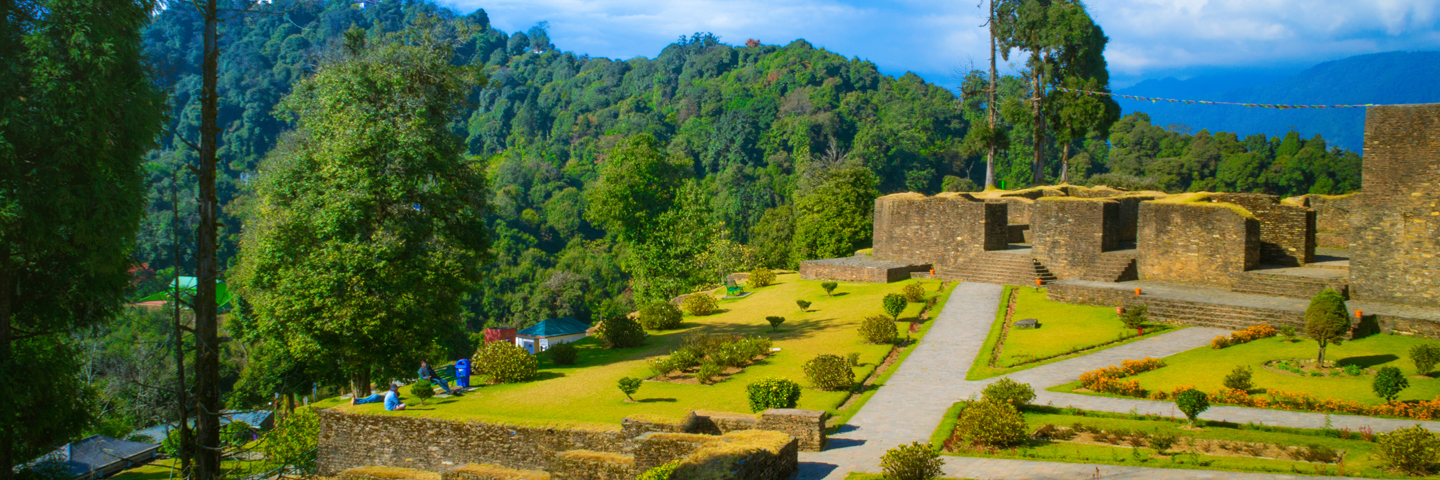
 Best time to visit Pelling
Best time to visit Pelling How to reach Pelling
How to reach Pelling



